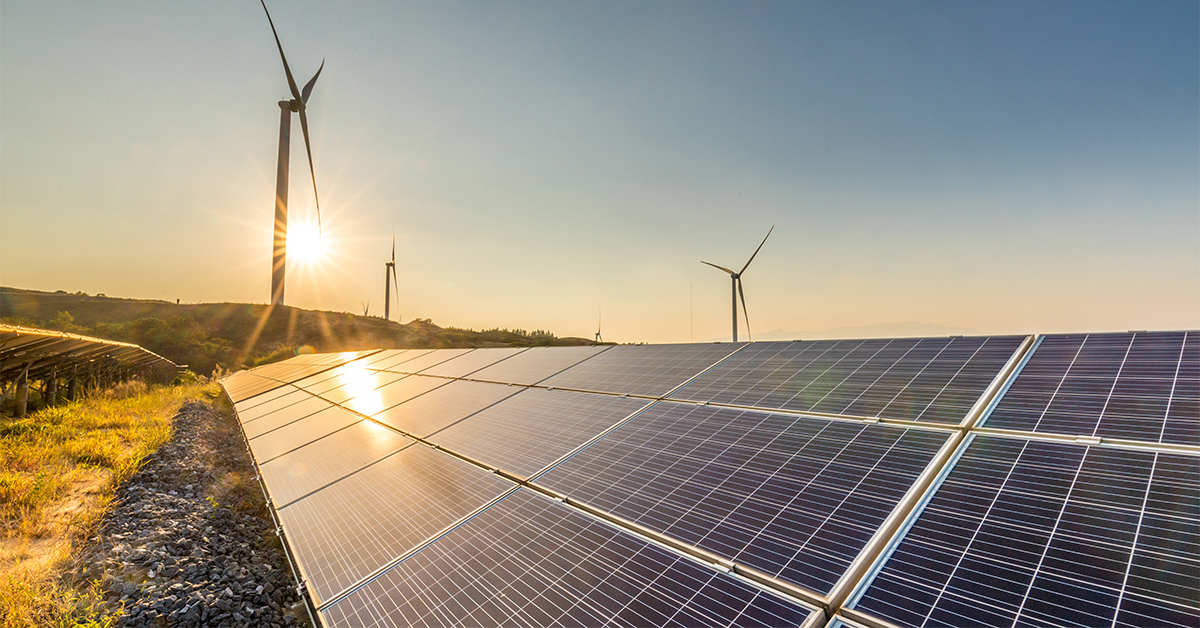Get to Know Green Metals: Lithium
29 Juni 2023
Videolänge 2:50 MIN
We believe resource transitioning is at an inflection point creating long-term investment opportunities for several raw materials.
My name is Charl Malan, and I am the Senior Metals and Mining Analyst at VanEck.
Welcome to our first episode in a series of short educational videos concentrating on the importance of green metals as they relate to resource transitioning.
This episode focuses on lithium.
Lithium’s Two Unique Properties
Lithium is at the core of this transition. That is because of its two unique properties. First, its high energy density, and secondly it is so lightweight that it can actually float.
Global lithium production is small – actually, it is less than 1% of global metal production. It is also highly concentrated, with 90% of supply coming from four countries and nearly 50% of supply coming from just three companies.
Today, lithium is all about its use in Electric Vehicles. In 2021, it accounted for around 35% of demand, compared to five years ago at only 20%, while it’s projected to grow to 80% by the year 2030.
Lithium is transforming how we are consuming energy. Its high energy density is critical in the length of time a battery can provide power. And because it is so light, it is highly portable.
Lithium is stored in both the anode and cathode of a battery. When providing power, positively charged lithium ions travel from the anode to the cathode. When charging, the opposite happens, as lithium ions travel from the cathode to the anode.
Interestingly, by weight, lithium accounts for less than 5% of the of an average EV battery. While, by weight, graphite, something we will discuss in a future episode, accounts for around 30%.
Supply is the big challenge
For us, the big challenge is supply. It is estimated that the equivalent to 70 new mines needs to be built by the year 2030. Supply also needs to be sourced from other geographic regions such as Europe and the U.S., where onshoring is a big topic. But all this poses significant challenges, such as ESG and permitting.
Next time, we take a closer look at graphite. Subscribe to obtain more insights into natural resources, as well as additional updates on future metals as it relates to energy transitioning.
Thank you for watching.
Related Insights
15 April 2024
14 März 2024




